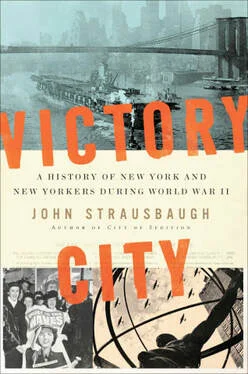After the Vote: Feminist Politics in La Guardia's New York
Reviewed by Karen Pastorello
Elisabeth Israels Perry has enriched the historical record by documenting New York City women’s activism in the first half of the twentieth century. Inspired by the life of her grandmother, “political influencer” and civic reformer Belle Linder Israels Moskowitz, Perry goes well beyond recounting “firsts” for women and instead offers specific examples of accomplished women — all of whom surmounted a myriad of personal and professional challenges to enter a male-controlled political world. After suffrage was won, women attempted to ascend from their newly acquired position as voters to officeholders intent, for the most part, on advancing a social justice platform for all.
Read More









